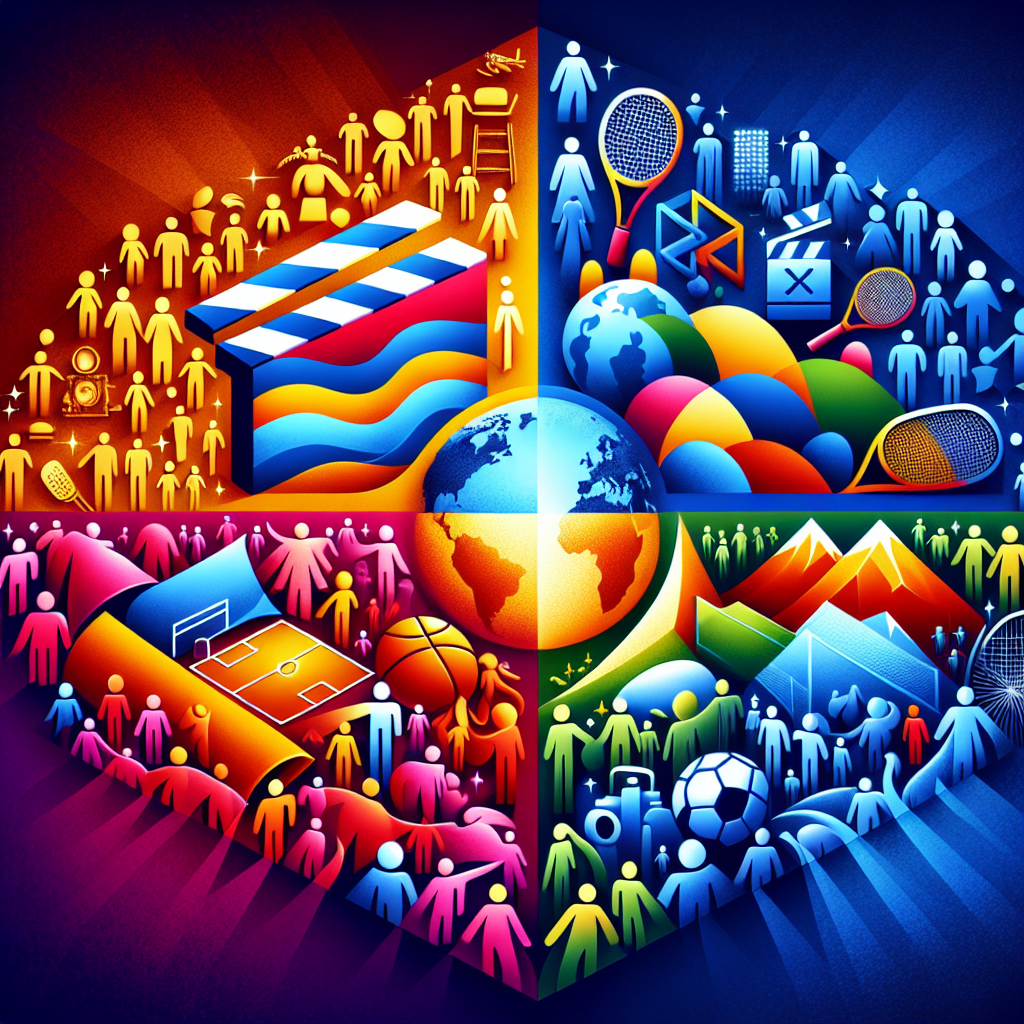Bubble Tea Boom: India’s Love Affair with Boba

The boba tea trend, also known as bubble tea, has taken India by storm, evolving from a niche beverage to a mainstream sensation, particularly among urban millennials and Gen Z. Originating in Taiwan in the 1980s, boba tea is a flavored tea-based drink featuring chewy tapioca pearls or "boba," often combined with milk, fruit flavors, or other toppings like popping boba and fruit jellies. Below is a detailed exploration of the boba tea trend in India, covering its rise, cultural integration, market dynamics, health considerations, challenges, and future potential.
1. Rise of the Boba Tea Trend in India
The boba tea trend in India is driven by a combination of global influences, social media, and evolving consumer preferences:
Social Media and Pop Culture Influence
Boba tea’s vibrant, colorful aesthetic and customizable nature make it highly Instagrammable, fueling its popularity. Instagram alone hosts over 3 million posts tagged with #BubbleTea and 1.3 million with #BobaTea, reflecting its social media appeal. The trend has been amplified by exposure to Korean and Taiwanese pop culture, with urban youth embracing boba tea as part of a broader fascination with global food trends like K-Pop burgers and ramen.
Gen Z and Millennial Appeal
The drink resonates strongly with younger demographics in metropolitan and Tier-1 cities like Delhi, Mumbai, Bengaluru, Hyderabad, and Chennai. Surveys indicate Gen Z views boba tea as a trendy, experience-driven beverage, with its unique texture and flavors offering a novel alternative to traditional chai or coffee.
Shift Toward Non-Carbonated Drinks
Growing health consciousness has driven demand for non-alcoholic, non-carbonated beverages. Boba tea, with its tea base and perceived health benefits (e.g., antioxidants from green or black tea), aligns with this shift, positioning it as a lighter alternative to sugary sodas.
2. Cultural Integration and Culinary Innovation
Boba tea has been adapted to suit Indian tastes, blending global appeal with local flavors:
Desi Twists and Flavors
Indian brands have innovated by incorporating local ingredients and flavors, such as jamun kala khatta, mango matcha, and tender coconut bubble tea. Classic milk tea, Thai tea, taro, and fruit-based flavors like mango, lychee, and passionfruit are also popular. Unique blends like litchi-coconut or hazelnut cordial with black tea cater to adventurous palates.
Customization
A key driver of boba tea’s popularity is its hyper-customizable nature. Consumers can choose milk or fruit bases, adjust sweetness levels, and select toppings like tapioca pearls, popping boba, or nata de coco. This personalization appeals to India’s diverse taste preferences.
Boba Tea Outlets
Dedicated boba tea chains like Boba Bhai (27 outlets across seven cities), Got Tea, Chai Lelo, Tea Bear, and Dr Bubbles are expanding rapidly. Established brands like Chai Point and Frozen Bottle (via its Boba Bar sub-brand) have also entered the market with innovative offerings.
Food Pairings
Boba tea is often paired with trendy foods like Korean burgers, bubble waffles, or momos at outlets like Fat Tiger, enhancing its lifestyle appeal.
3. Market Dynamics
The boba tea market in India is experiencing significant growth, driven by rising disposable incomes and a demand for novel experiences:
Market Size and Growth
The India bubble tea market was valued at USD 450.1 million in 2024 and is projected to reach USD 930.1 million by 2033, growing at a CAGR of 8.4%. Some estimates suggest the market could reach USD 3–4 billion in the next decade, reflecting its rapid adoption.
Key Players
Leading brands include international chains like Coco Fresh Tea & Juice, ChaTime, and Tealive (planning 140 stores in Delhi, Mumbai, and Bengaluru), alongside homegrown players like Boba Bhai, Dr Bubbles, Nomi Tea, Harajuku Tokyo Cafe, and Frozen Bottle’s Boba Bar. New entrants like Mongoose and The Boba Place focus on local flavors to differentiate.
Distribution Channels
Boba tea is available through cafes, standalone stores, food courts, and online platforms like Swiggy and Zomato. Retail and wholesale suppliers like Twisty India and Krishna Food India provide tapioca pearls and premixes for home consumption and businesses.
4. Health Considerations
While boba tea is marketed as a healthier alternative to carbonated drinks, its health profile is nuanced:
Benefits
Boba tea with green or black tea bases contains antioxidants like catechins and polyphenols, which support immune health and reduce oxidative stress. Fruit-based options provide vitamins like vitamin C from ingredients like mango or kiwi.
Concerns
A single serving can contain 299–400 calories and 38 grams of sugar, primarily from tapioca pearls, syrups, or sweetened condensed milk. Excessive consumption may increase risks of obesity, diabetes, and insulin resistance due to high fructose content. To address this, brands like Boba Bhai and Frozen Bottle offer sugar-free syrups, customizable sugar levels, and fruit infusions for health-conscious consumers.
Low-Caffeine Appeal
Boba tea’s lower caffeine content compared to coffee makes it a gentler option for caffeine-sensitive individuals, with fruit teas and caffeine-free milk teas gaining traction.
5. Challenges in the Indian Market
Despite its growth, the boba tea trend faces several hurdles:
Taste Adaptation
The bland, chewy texture of tapioca pearls can be unfamiliar to Indian consumers accustomed to bold flavors like masala chai. Brands have countered this by introducing fruit-flavored popping boba and jellies, but over-localization risks diluting the authentic boba experience.
High Sugar Perception
Parental concerns about high sugar content have prompted brands to offer healthier alternatives, but awareness of these options remains limited.
Cost and Accessibility
Boba tea’s premium pricing (often INR 150–300 per drink) limits its reach beyond urban, affluent consumers. Scaling to Tier-2 and Tier-3 cities is a challenge due to lower disposable incomes and limited awareness.
Authenticity vs. Gimmicks
Some brands prioritize sugary popping boba over traditional tapioca pearls, leading to short-term hype but risking long-term customer loyalty. Outlets like EasyBoba emphasize authentic tapioca-based drinks to counter this.
6. Future Potential
The boba tea trend in India is poised for significant expansion:
Market Expansion
Brands like Boba Bhai aim to triple their footprint to 80–100 stores by FY25 and reach 500 stores within five years, targeting an annual revenue of INR 100 crore. Expansion into Tier-2 cities and suburban areas is expected as awareness grows.
Health-Focused Innovation
The shift toward sugar-free, low-calorie, and fruit-based options will cater to health-conscious consumers, aligning with India’s wellness trends.
Sustainability
Brands like Boba Bhai are adopting eco-friendly practices, such as biodegradable packaging and paper straws, to appeal to environmentally conscious consumers.
Cultural Integration
Boba tea’s integration into India’s tea culture could lead to unique offerings like chai-inspired boba drinks or pairings with traditional snacks, further embedding it into daily routines.
Technology and Convenience
Online ordering, contactless payments, and delivery via platforms like Swiggy and Zomato are enhancing accessibility, particularly for busy urban consumers.
7. Cultural and Social Significance
Boba tea has transcended its role as a beverage to become a cultural phenomenon in India. It represents a blend of global trends and local innovation, appealing to a youthful, aspirational demographic. The drink’s tactile experience—sipping tea while chewing tapioca pearls—offers a fun, interactive ritual that resonates with Gen Z’s preference for experiential consumption. Its vibrant aesthetics and social media presence make it a status symbol, akin to carrying a coffee cup in Western pop culture. Posts on platforms like X, such as those from @abcoffeeindia offering boba drinks at INR 149, highlight its growing affordability and mainstream appeal.
8. Conclusion
The boba tea trend in India reflects a dynamic interplay of global influences, social media, and local innovation. Its rapid growth, driven by urban youth, customizable flavors, and health-conscious adaptations, positions it as a formidable player in India’s beverage market. While challenges like cost, taste adaptation, and sugar concerns persist, the industry’s focus on authenticity, sustainability, and accessibility bodes well for its future. As brands continue to innovate and expand, boba tea is set to become a staple in India’s evolving culinary landscape, complementing its rich tea heritage.
Featured Blogs
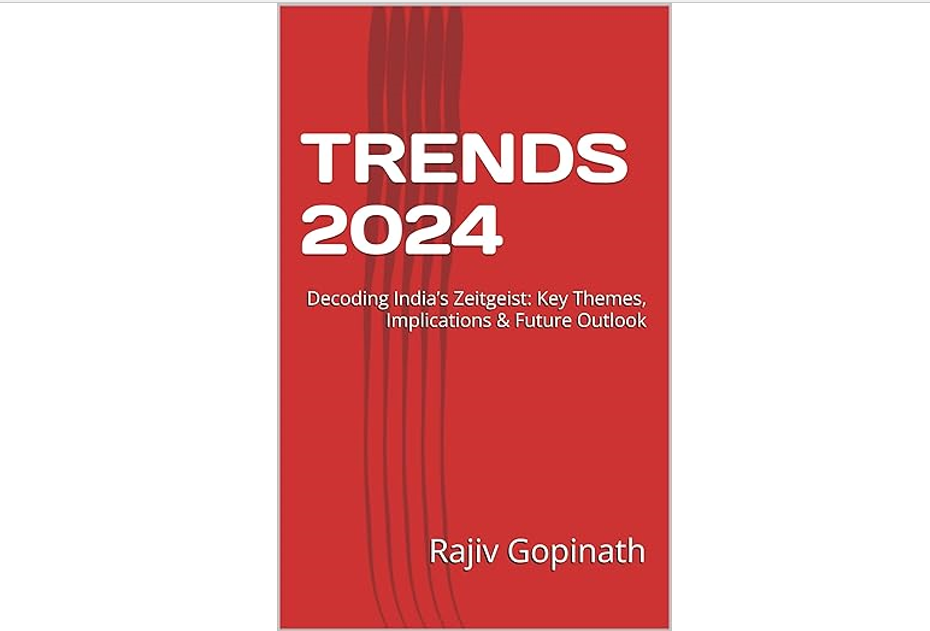
TRENDS 2024: Decoding India’s Zeitgeist: Key Themes, Implications & Future Outlook
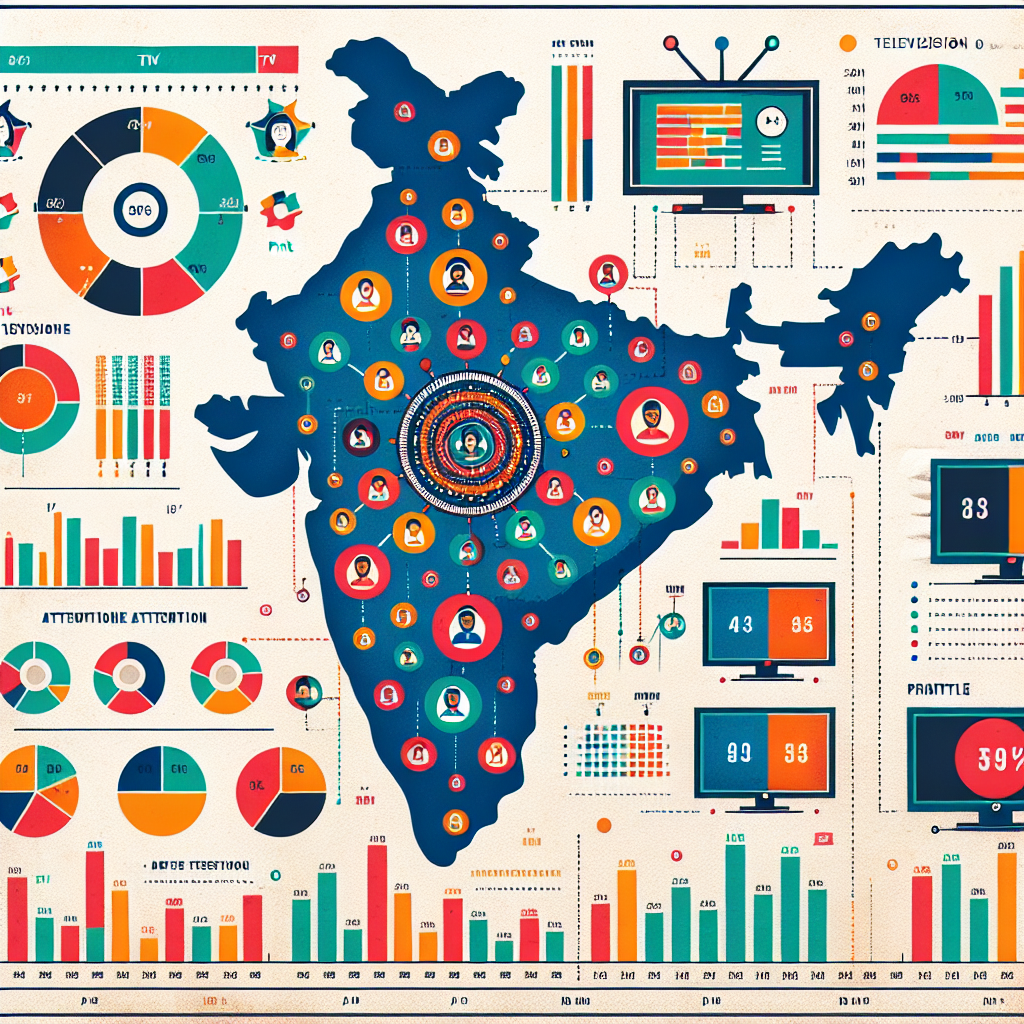
How to better quantify attention in TV and Print in India

AI in media agencies: Transforming data into actionable insights for strategic growth

How the Attention Recession Is Changing Marketing
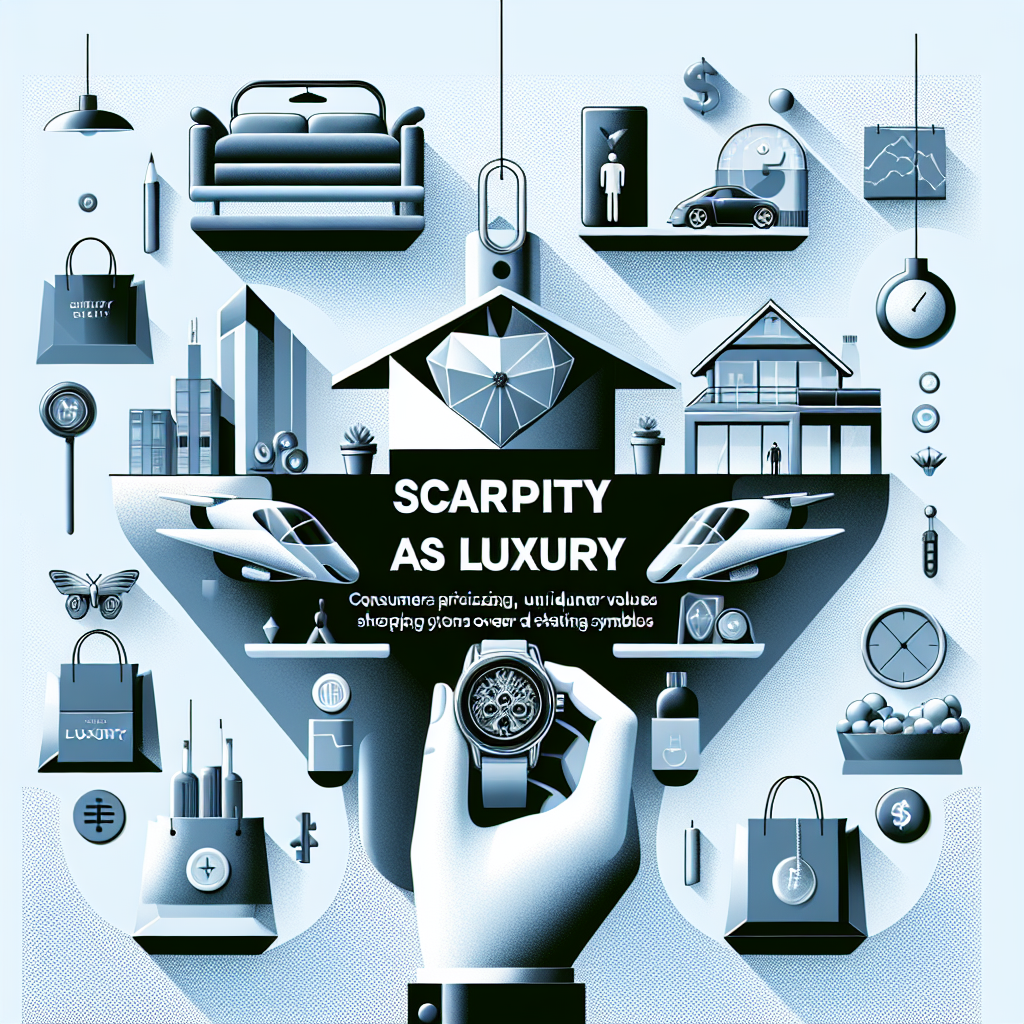
The New Luxury Why Consumers Now Value Scarcity Over Status

The Psychology Behind Buy Now Pay later

The Rise of Dark Social and Its Impact on Marketing Measurement

The Role of Dark Patterns in Digital Marketing and Ethical Concerns

The Future of Retail Media Networks and What Marketers Should Know
Recent Blogs
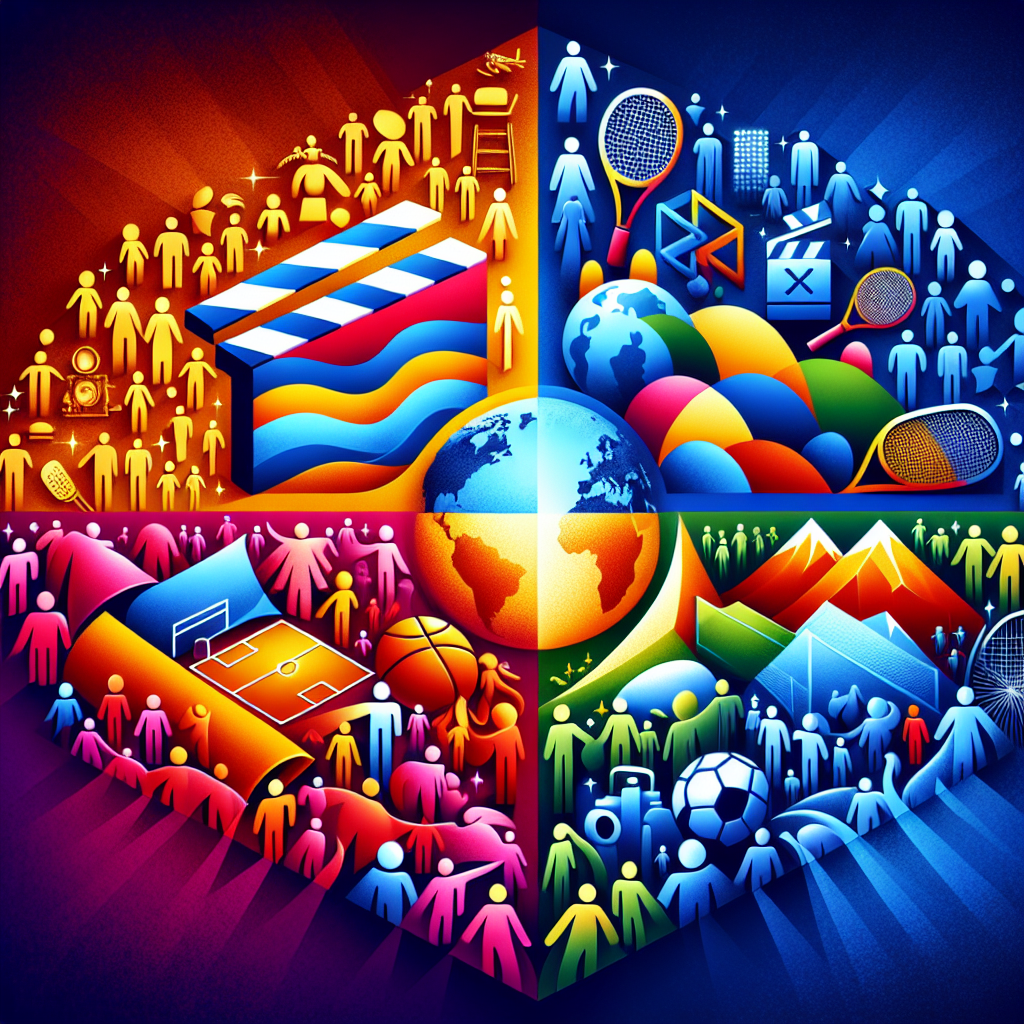
Trending Topics of The Week (30th December – 5th January)
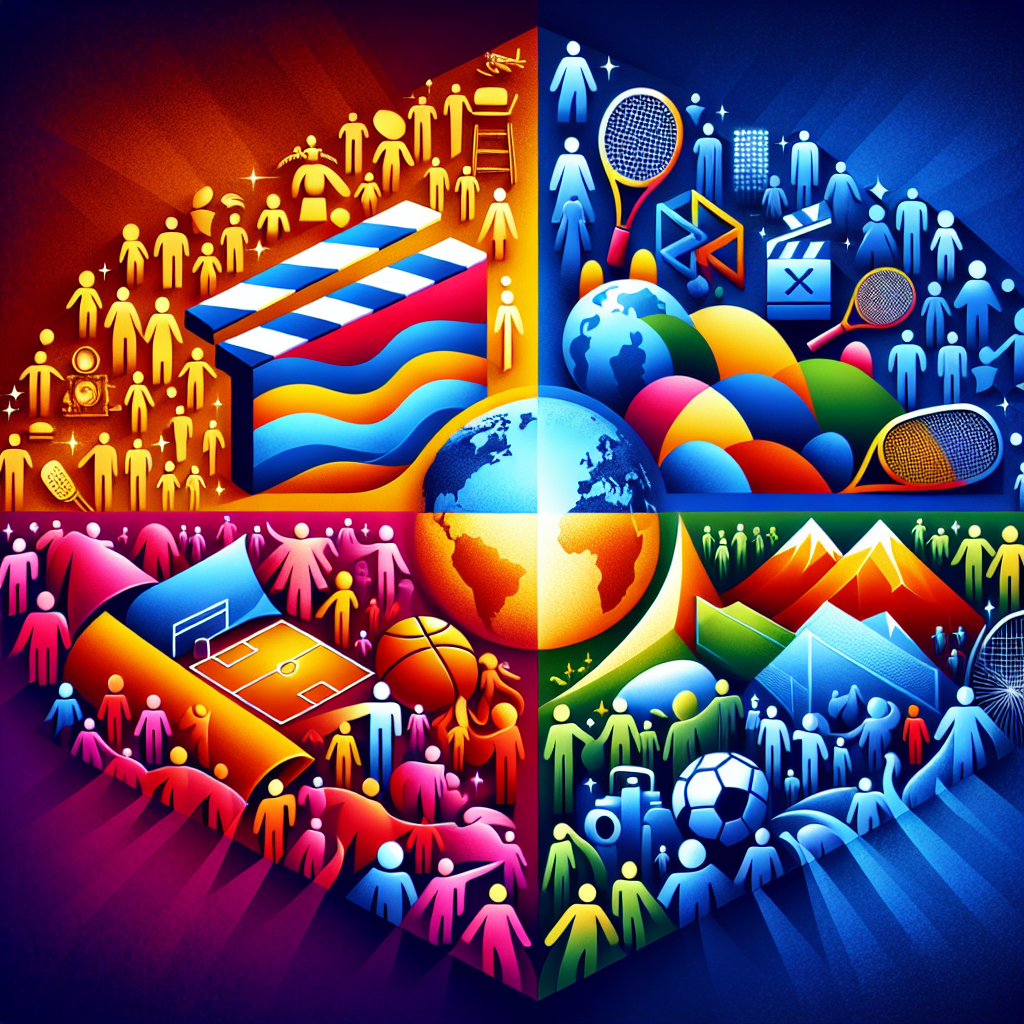
Trending Topics of The Week (23rd December – 29th December)
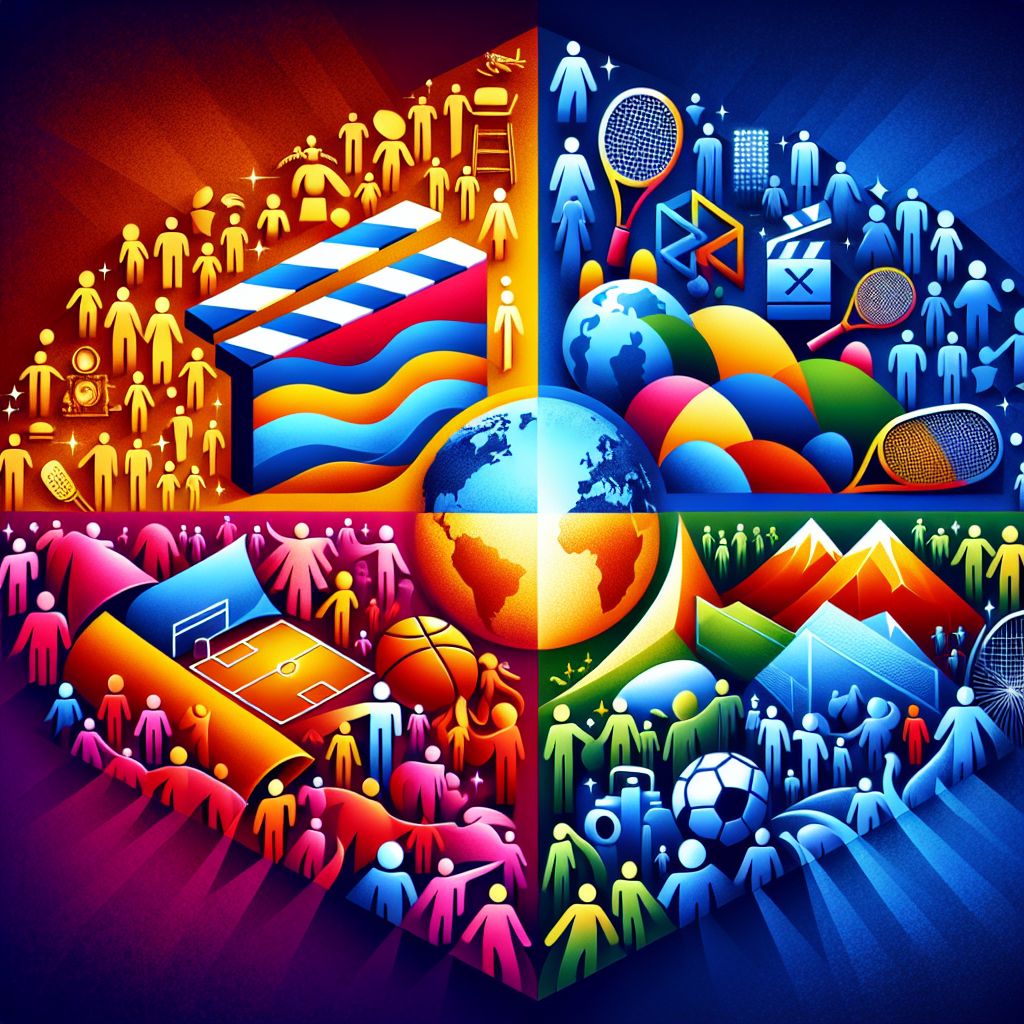
Trending Topics of The Week (16th December – 22nd December)
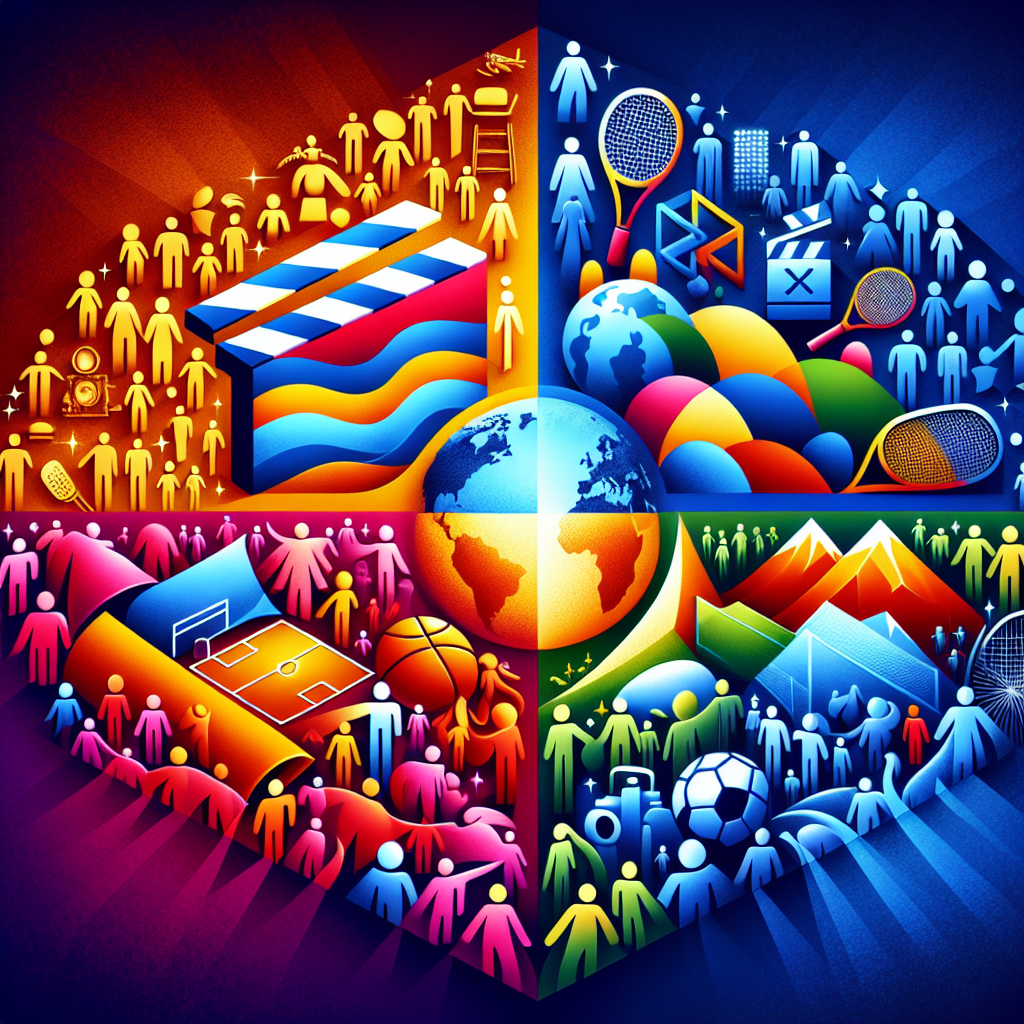
Trending Topics of The Week (9th December – 15th December)
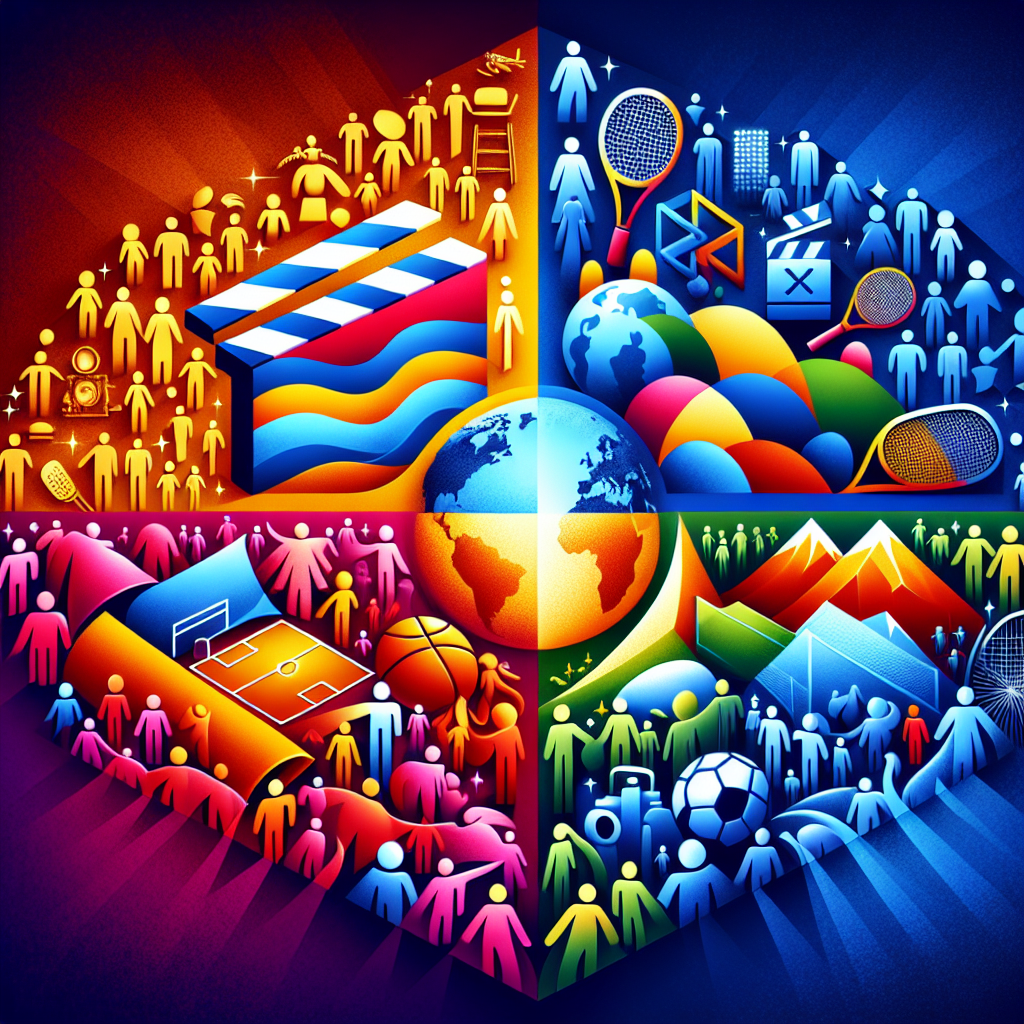
Trending Topics of The Week (2nd December – 8th December)
